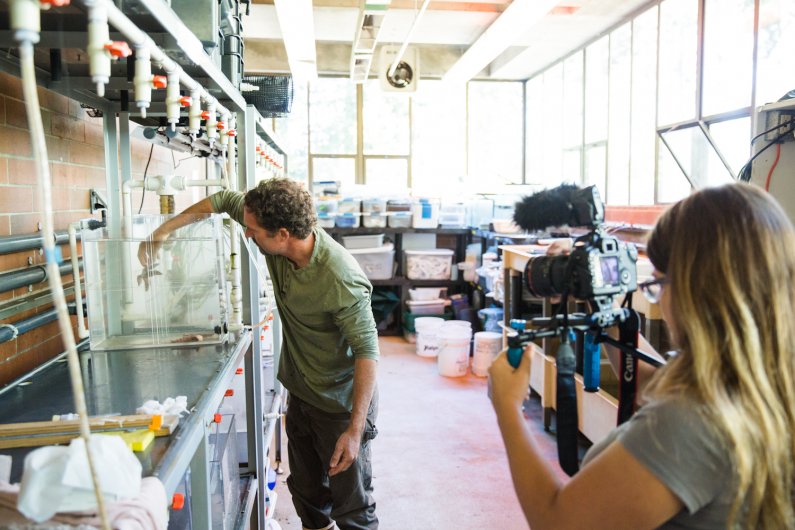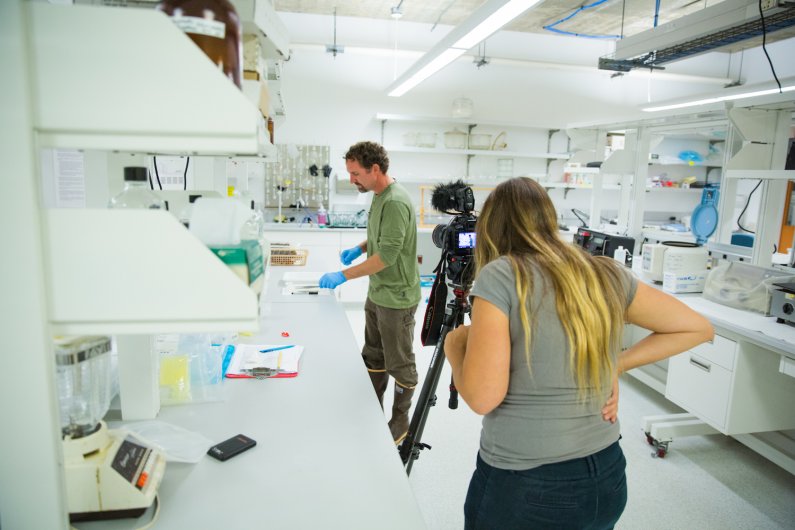National Geographic features Western research
National Geographic visited the Shannon Point Marine Center recently to interview Ben Miner, an associate professor of biology at Western Washington University, about the plight of sea stars in the Salish Sea.
The story and video are now online.
The project looks at sea star wasting disease, which has been decimating sea star populations all along the West Coast for several years. Miner and his colleagues at Shannon Point have been researching potential causes for the disease. As the National Geographic story points out, a likely candidate has been identified: a pathogen known as densovirus.
Though sea star populations have decreased by as much as 90 percent in many areas, there's reason for hope, Miner says. Juveniles are appearing in places, and given how sea stars reproduce, that could mean a resurgence is in the offing.
"If a population is doing well in one location, it has the potential to produce millions of offspring, which can be dispersed widely," Miner explained to National Geographic.
Read the story and watch the video on National Geographic's website.



